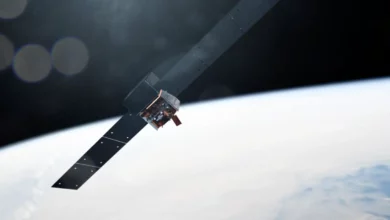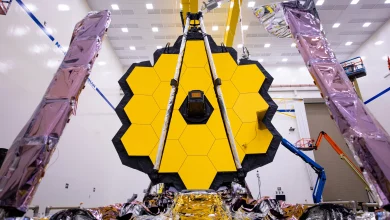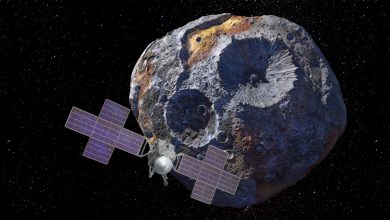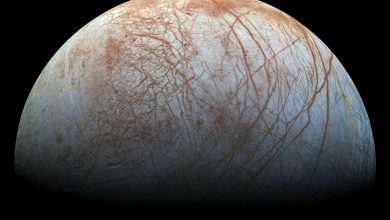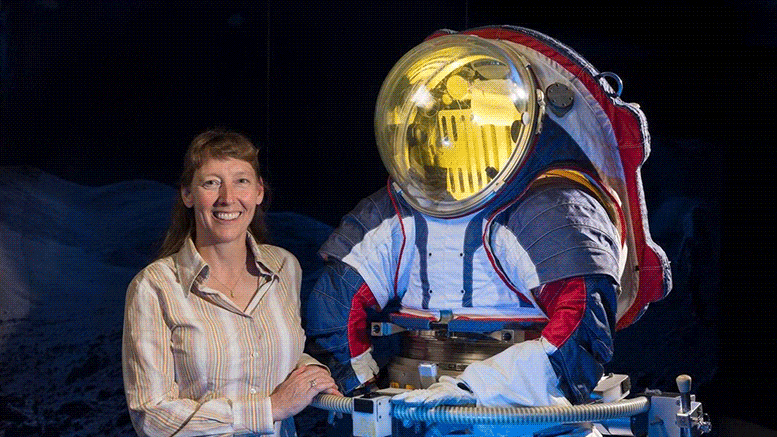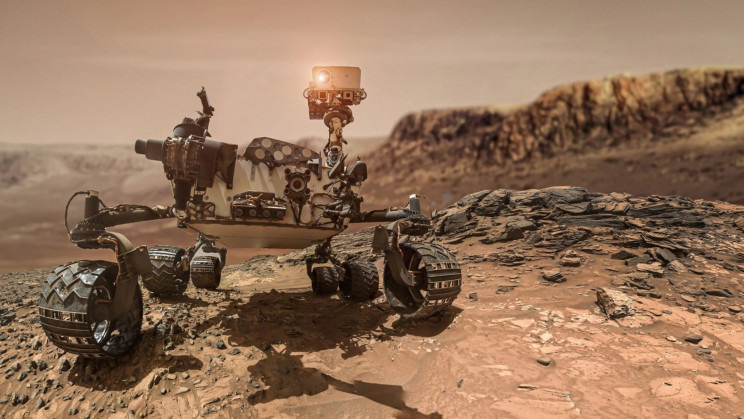
The Curiosity Rover that landed on Mars on August 5, 2012, has taken more than 850,000 images of the Martian surface so far. Meanwhile, the Chinese rover Zhurong that arrived on the red planet in May 2021 is searching for underground water pockets. Another rover from NASA called Opportunity, actively explored Mars for 14 years between 2004 and 2018, and detected an iron meteorite (named Heat Shield Rock) – the first meteorite ever identified on another planet
The above-mentioned facts are just a glimpse of what rovers can do. Humans have been sending unmanned vehicles to Mars from as early as the 1970s and rovers from 1997. These rovers sent by NASA and other space agencies for Mars exploration play a crucial role in increasing our understanding of the red planet.
What exactly are these Mars Rovers?
Remote-controlled robotic motorized vehicles that are designed to move across the surface of another planet (or other celestial body) are referred to as rovers. On July 4, 1997, NASA’s Pathfinder Sojourner Rover became the first wheeled robot from Earth to land on Mars’ rocky terrain. Until now, six rovers have successfully landed on Mars; out of these, three vehicles (NASA’s Curiosity and Perseverance and China’s Zhurong) are still active.
Space agencies send rovers to Mars and not humans because a human-crewed mission to the red planet is still a very expensive and risky endeavor. We don’t have a technology that guarantees a human astronaut would surely return alive from Mars. Of course, nothing is guaranteed, but some of the dangers to humans of Mars exploration have no easy answer. These include the effects of high levels of radiation exposure and changes in gravity, the isolation and confinement on the long trip, the need to provide for any medical emergencies or equipment failure, and how to provide enough food.
Moreover, robotic rovers can spend hundreds of days and even years (the Opportunity rover was operational for more than 14 years) on Mars. Also, every space mission with a human on board needs to be a round trip, whereas rovers need not be brought back to Earth. Therefore, as compared to human astronauts, rovers allow space agencies to collect more data with fewer resources, and that too without risking anyone’s life.
Here is an overview of the six rovers that have travelled on Mars:
Sojourner Rover
A micro-rover that weighed just 23 pounds and was built to last for only 30 sols (one sol = one Mars day = 24 hours 39 minutes 35 seconds) on Mars but managed to remain active for 85 days (83 sols). Sojourner landed in the Ares Vallis area of the red planet and covered a distance of about 100 meters. The rover was built by NASA’s Jet Propulsion Laboratory (JPL), and it was a part of the agency’s Pathfinder mission.
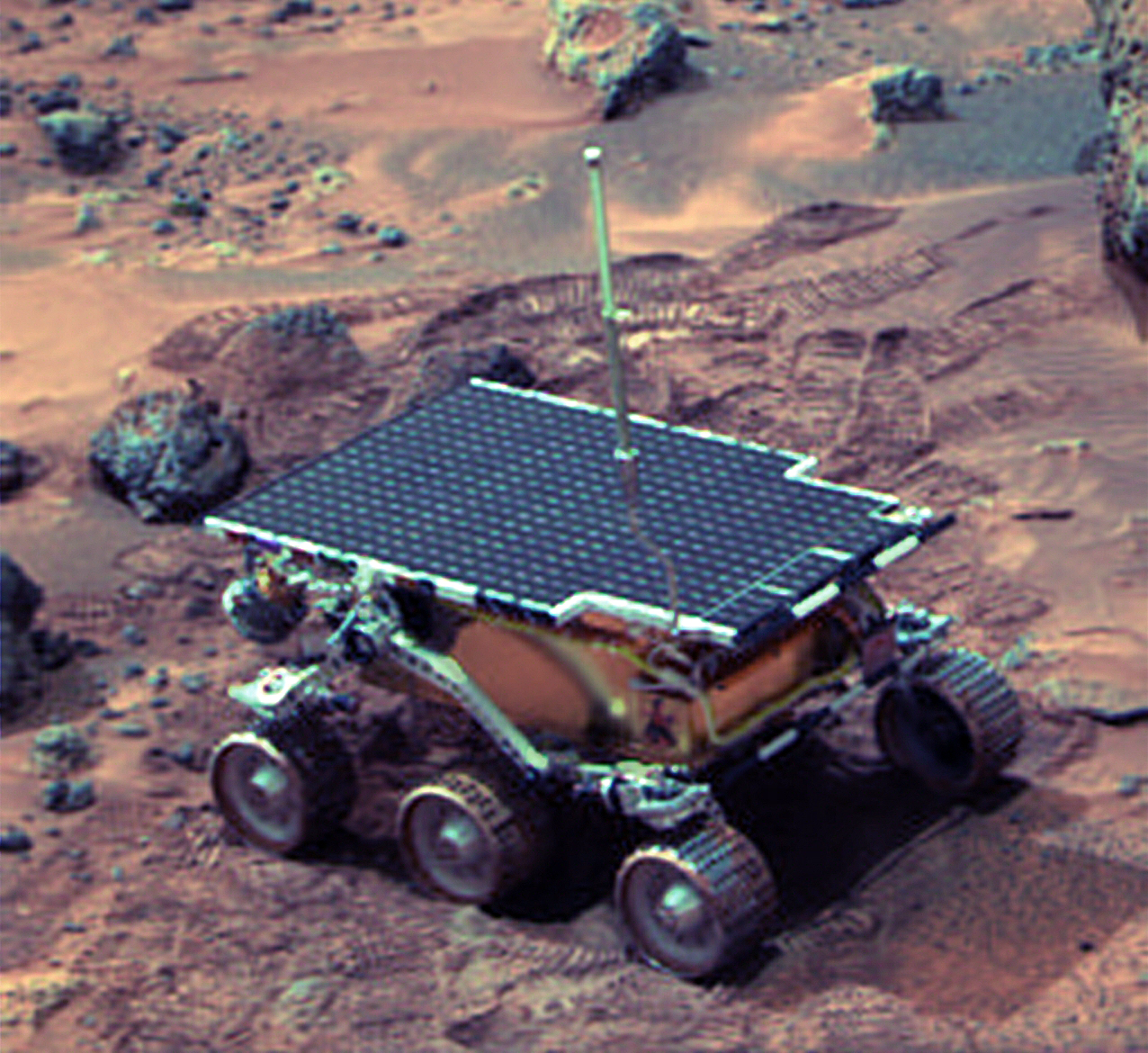
Scientists at NASA chose to land Sojourner at Ares Vallis because the terrain here looked as if it had been previously covered with water. Although the rover didn’t detect any evidence that confirmed the presence of water on Mars, it allowed NASA to successfully test and demonstrate a “faster, better, cheaper” technology for exploring other planets in our solar system.
Sojourner made its final data transmission on September 27, 1997, but was active till October 7. It returned 2.3 billion bits of information, including more than 16,500 images from the lander and 550 images from the rover, and conducted more than 15 chemical analyses of rocks and soil.
Twin rovers – Opportunity and Spirit
In order to search for rocks that could hint at any historical water-related activity on Mars, NASA launched the Mars Exploration Rover (MER) Program in 2003. This mission launched two identical rovers to the red planet, Spirit (MER-2) and Opportunity (MER-1), which landed the following year on January 4 and 24, respectively. Both rovers were designed to explore the planet for only 90 sols, but Spirit was operational for six Earth years, and Opportunity traveled Mars for 5110 sols.
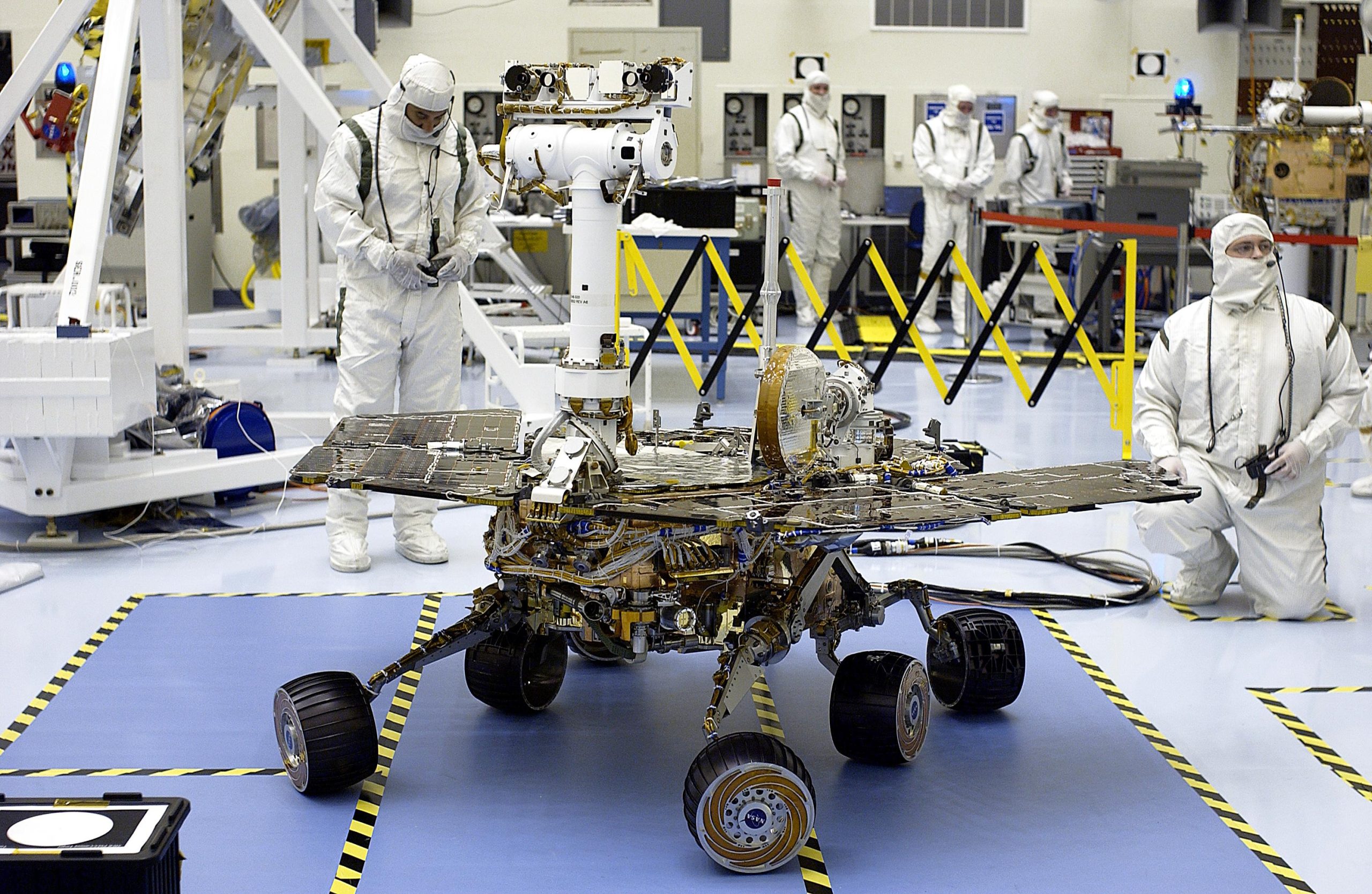
Before becoming trapped in a pile of Martian sand in April 2009, Spirit covered 4.8 miles (7.7 km) from the Gusev crater where it had initially landed. The rover not only sent spectacular images of the red planet’s terrain but also became the first robot to grind up the Martian surface using a rock abrasion tool (RAT).
The data collected also revealed the presence of silica-rich soil particles beneath the surface of Mars, and these unique dust particles suggest that in the past, martian soil may have been rich in water content.
NASA stopped receiving signals from Spirit after March 22, 2010. Meanwhile, the Opportunity rover, which had landed at the Meridiani Planum, inside the Eagle crater, continued its operations. It discovered “blueberries”, pebbles made of hematite that are generally found in a region where soil comes in contact with acidic water.
The Opportunity rover also detected sedimentary rocks for the first time outside Earth, and before NASA lost contact on June 10, 2018, the rover had traveled a record distance of 45.16 km (28.06 miles). No human-made terrestrial vehicle other than Opportunity has covered that much distance on another planet.
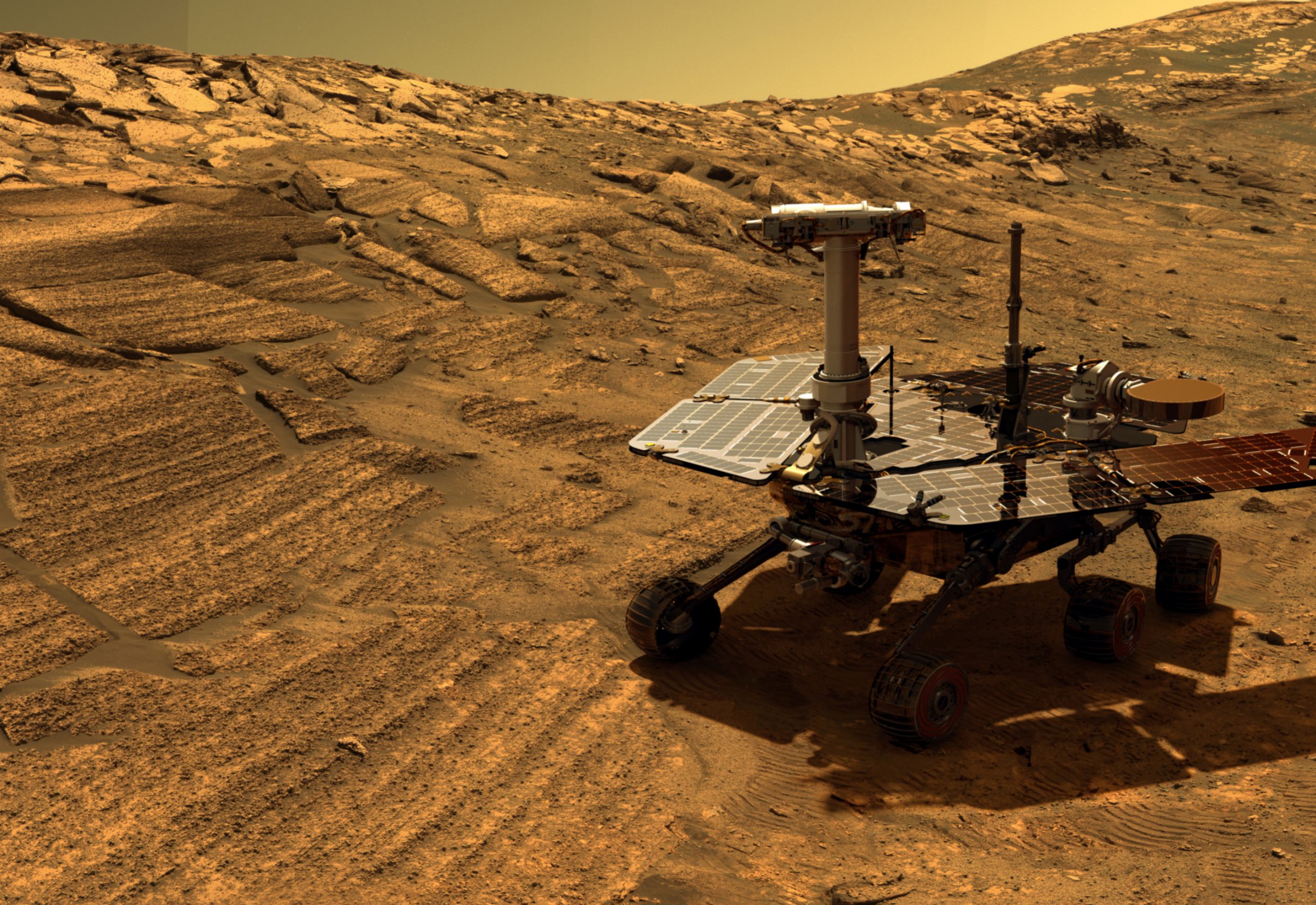
The dust storm that led to Opportunity’s loss of contact was not an ordinary storm. The storm lasted for more than four months (between May and September 2018), and it led to winds that blew as fast as 97 km/h (60 mph). It was the most intense martian storm recorded by NASA since the time agency started observing the red planet.
The storm blocked the Sun’s rays from reaching Opportunity’s solar panels. The last message received from Opportunity rover was paraphrased by the mission’s project manager John Callis as, “My battery is low and it’s getting dark.”
The Curiosity Rover
The rover has been exploring Mars since August 6, 2012. It is a part of NASA’s Mars Science Laboratory (MSL) mission, and until now, it’s the largest rover ever built in terms of size. The rover is 10 feet long (three meters), seven feet tall (2.2 meters), and has a width of 2.7 meters (nine feet), so basically, it has dimensions similar to an SUV. According to NASA, Curiosity is still active and has covered a distance of more than 16.8 miles (27.04 km). The rover can move at up to 100 feet per hour but is not always in motion.

The MSL mission was launched to study Mars’ environment and determine whether the planet may have once had the right conditions to support microbial life. Interestingly, unlike its predecessors, the Curiosity rover does not have solar panels; instead, it is equipped with a radioisotope power system that “generates electricity from the heat of plutonium’s radioactive decay”. The rover is also famous for taking beautiful selfies during its operations.
Curiosity made some notable discoveries on Mars; the rover drilled out a mudstone named “Sheepbed” that hinted at the presence of life-supporting elements (such as carbon, nitrogen, phosphorus, etc.) in the ancient martian environment. The SAM (Sample Analyzing at Mars) instrument of Curiosity detected methane gas in the red planet’s atmosphere, which can be an indicator of either life or water content in the soil.
Perseverance a.k.a Percy
On February 18, 2021, as a part of the Mars Exploration Program, a new rover called Perseverance arrived on Mars along with a robotic helicopter, Ingenuity. The rover alone weighs 2,260 pounds (1025 kg), and in order to capture microscopic details hidden in the martian rock and search for evidence of past microbial life, it is equipped with state-of-the-art investigating tools such as the SHERLOC (Scanning Habitable Environments with Raman & Luminescence for Organics & Chemicals) and WATSON (Wide Angle Topographic Sensor for Operations and eNgineering).
Perseverance will look for signs of past microbial life on Mars, and it will also collect and store rock samples from the planet (also called sample handling) such that NASA could bring those samples to Earth in the future (as a part of the agency’s Mars Sample Return Campaign). The rover landed in the Jezero Crater, which was chosen because scientists believe the area was once flooded with water, making it a promising site for having hosted microbial life, possibly around four billion years ago.
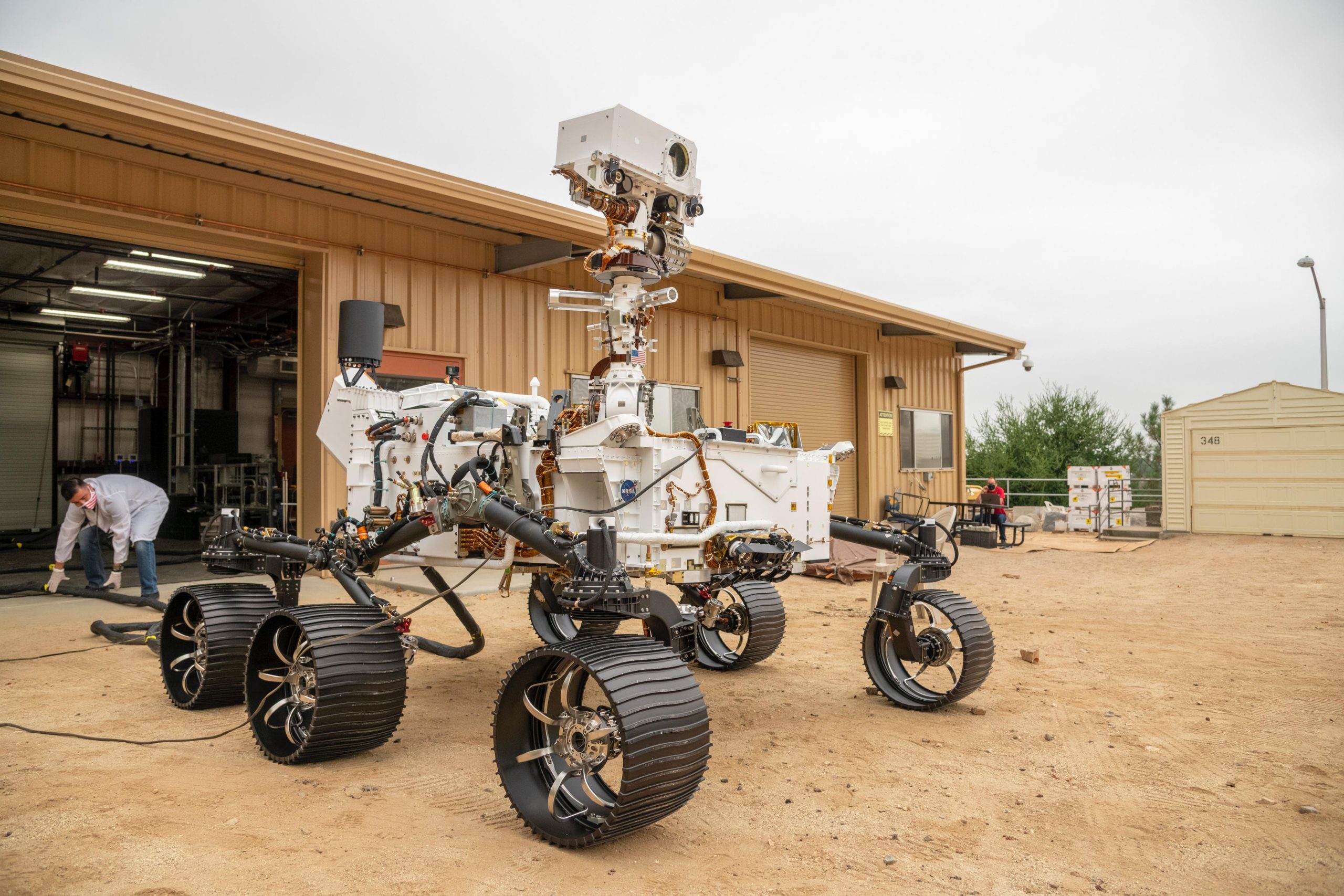
According to Ken Farley, a project scientist for Mars Exploration Program, “We ultimately chose Jezero Crater because it is such a promising location for finding organic molecules and other potential signs of microbial life.”
As of 29 January 2021, Percy has traveled on the Martian surface for 338 sols and has sent thousands of images of the red planet. Due to the complexity associated with the Perseverance rover’s entry and descent sequence on Mars, its landing event was referred to by controllers as “seven minutes of terror”.
It is also hoped that the mission will provide opportunities to gather information to help address the challenges of future human expeditions to Mars. This will include testing a method for producing oxygen from the Martian atmosphere, improving landing techniques, searching for other resources, and monitoring weather, dust, and other conditions that could affect future astronauts on Mars.
Zhurong Rover
China’s robotic spacecraft Tianwen-1 carried the Zhurong rover to Mars. The lander carrying the spacecraft arrived on the red planet on 14 May 2021. The rover landed safely in the Utopia Planitia region of Mars, making China only the second country to successfully land and operate a robotic vehicle on Mars, after the U.S. The rover was developed by China National Space Administration (CNSA), and it started its operations on Mars on May 22, a week later after the landing.
-scaled.jpg)
Zhurong is equipped with solar panels, a ground-penetrating radar (GPR) system, a magnetometer, a multispectral camera, a surface compound detector (MarSCoDe), Navigation and Terrain Cameras (NaTeCam) capable of capturing panoramic images, and advanced meteorological instruments, including a magnetometer to measure the planet’s magnetic field. The rover’s mission will be to help build a more complete geological picture of the planet. It will study martian topography and geology, soil structure, chemical composition, mineral and rock types, and search for evidence of the presence of water ice.
The Chinese rover (originally designed to last for 90 days) is still actively exploring Mars, along with NASA’s Curiosity and Perseverance. As of January 1, 2022, the rover had covered a distance of about 0.87 miles (1.4 km) on the martian surface. From mid-September to early November in 2021, Zhurong suspended its operations for 50 days to avoid disrupted communication that could have been resulted from increased electromagnetic radiation from the Sun.
Future of the Mars rover technology
European Space Agency (ESA) and Russia’s Roscosmos are planning to launch the ExoMars rover this year, at some point in the 20 September – 1 October 2022 launch window, with a landing date of June 2023. This rover was originally scheduled for launch in 2020, but the launch was delayed for technical reasons and due to the coronavirus outbreak.
Mars rovers are still the safest and cheapest technologies for exploring the red planet. Therefore, it is highly likely that more such robotic vehicles will be launched in the upcoming years.

